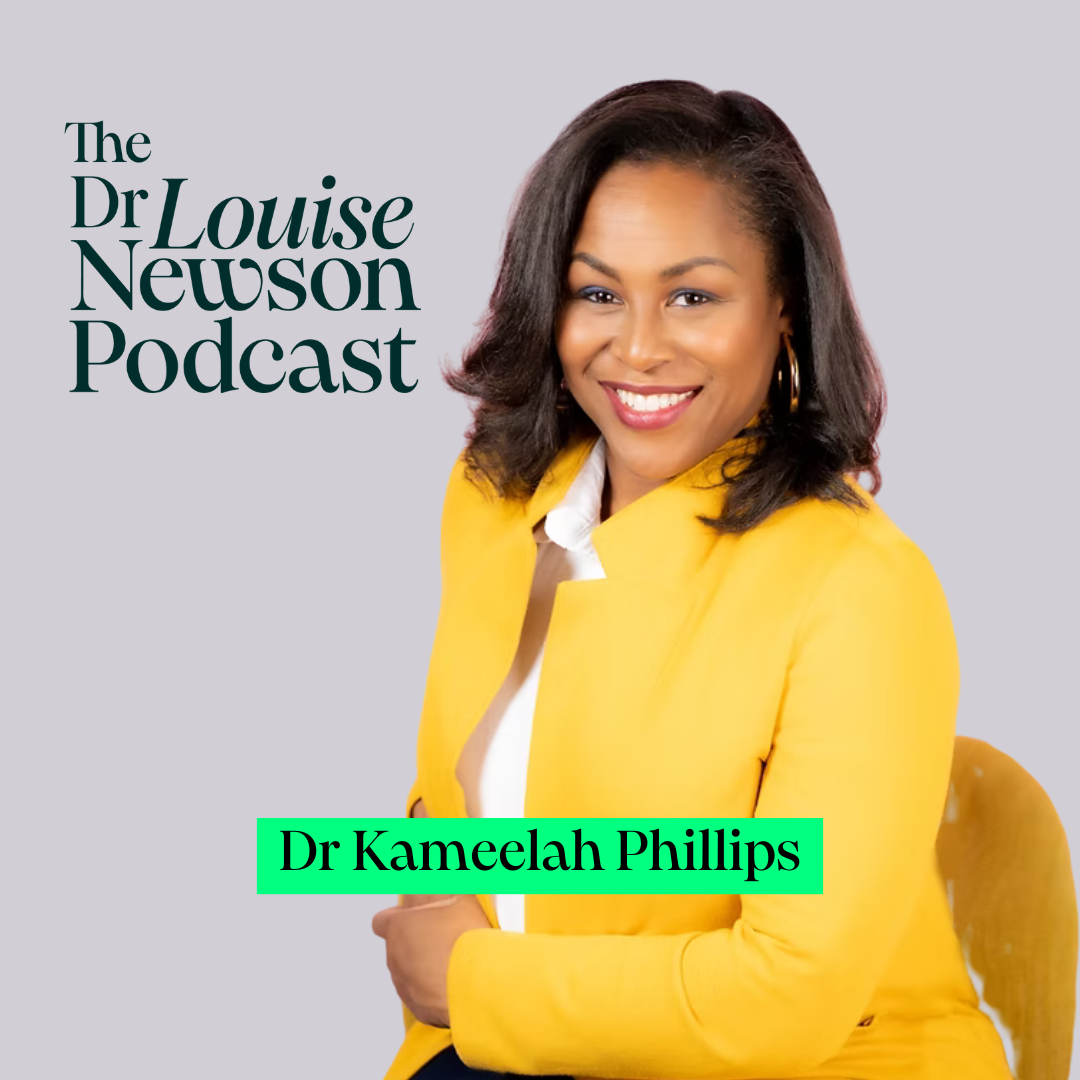If you have surgery that induces menopause, you are likely to experience sudden and potentially severe symptoms
• The symptoms of surgical menopause and natural menopause are usually the same and can impact your future health
• However, they can often come on abruptly, more severely
• Replacing the missing hormones by being prescribed the right dose and type of progesterone, estradiol and testosterone can alleviate symptoms and improve your future health
Most women will experience menopause due to increasing age, some may experience menopause at an earlier age as the result of an operation or some medical treatments.
If you have an operation to remove your ovaries, this leads to a surgical menopause. The onset of surgical menopause and menopausal symptoms can be very sudden compared to menopause due to increasing age. Recovering from an operation or illness can be difficult enough, but experiencing a sudden menopause as well can be a challenge.
RELATED: Chemical menopause: what is it and what can I expect?
What causes a surgical menopause?
Oophorectomy
This surgical procedure refers to the removal of one or both of your ovaries. If both your ovaries are removed (bilateral oophorectomy), you will be menopausal from the day of your operation, and it is likely that you will experience menopausal symptoms as there will be a very sudden drop in your levels of hormones.
If only one ovary is removed (unilateral oophorectomy), then the onset of symptoms may be more gradual, but it is still likely that you will experience an earlier menopause than you would have done if you did not have the operation.
Hysterectomy
A hysterectomy is an operation to remove your womb (uterus). There are different types of hysterectomy:
Total hysterectomy: your womb and cervix (neck of your womb) are removed; this is the most commonly performed type of hysterectomy undertaken.
Subtotal hysterectomy: the main part of your womb is removed, leaving your cervix in place.
Total hysterectomy with bilateral salpingo-oophorectomy (abbreviated to TAH and BSO): your womb, cervix, fallopian tubes (salpingectomy) and ovaries (oophorectomy) are removed.
Radical hysterectomy: your womb and surrounding tissues are removed, including your fallopian tubes, part of your vagina, ovaries, lymph glands in your pelvic area and surrounding fatty tissues.
RELATED: My hysterectomy story: here’s what I wish I’d known
If your ovaries remain, they will still produce progesterone, estradiol and testosterone after your hysterectomy, but it’s likely they will stop working earlier so the levels of these hormones will then fall sooner that they would have done if you have not had the operation. As you will not have periods after a hysterectomy, it may not be clear when you are menopausal – it’s important to talk to your doctor if you experience any menopausal symptoms following a hysterectomy.
How common is surgical menopause?
A study of more than 230,000 women found that around three quarters (74%) experienced menopause due to increasing age, while 11% had a surgical menopause (which was defined as the removal of both ovaries before natural menopause) and 15% had a premenopausal hysterectomy (without bilateral oophorectomy) [1].
An oophorectomy can be performed on women who have, or are at high risk of, ovarian cancer, but some gynaecologists have the outdated view that ovaries are not necessary beyond reproduction so were often taken out at the same time as a hysterectomy [2]. However, current recommendations now generally advice against the routine removal of non-cancerous ovaries in premenopausal women [2]. Ovaries can still produce hormones in later life, including when women are in their 50s and 60s.
Hysterectomy remains a common procedure – in the US it is the second most common surgical procedure for women – and rates of hysterectomy vary enormously around the world. In India, 1,700 hysterectomies are carried out per 100,00 women, mostly in women aged 40-45 [3], compared to 42 per 100,000 in the UK and 143 per 100,000 in the US [4].
Less than 10% of hysterectomies are performed for any type of cancer or precancer [5]. For example, hysterectomy may be performed for fibroids, adenomyosis and endometriosis. One study of more than 270,000 women found those with endometriosis had a seven-fold increased risk of undergoing surgical menopause and were more likely to experience premature or early menopause, both surgically and naturally [6].
RELATED: ‘I had an early surgical menopause’
Experiencing a surgical menopause
The loss of ovarian hormones from a surgical menopause leads to menopause symptoms. Progesterone, estradiol and testosterone work as chemical messengers throughout your entire body – affecting every single cell and having important roles in your body systems and organs. They have beneficial actions on your bone, brain, circulation, urinary, genital and nervous systems.
Common menopause symptoms include brain fog, reduced energy, low mood, mood swings, poor sleep, lack of libido, muscle and joint pain, hair and skin changes, hot flushes and night sweats, vaginal dryness or soreness, urinary symptoms and heart palpitations. One Newson Health survey of 5,744 found that women reported 98 different symptoms [7] and many of those symptoms were unexpected.
RELATED: 10 surprising menopause symptoms
Surgical menopause differs from menopause due to ageing in that hormone production by the ovaries is suddenly reduced, rather than gradually. This can lead to more abrupt menopause symptoms, as well as poorer health outcomes. The long-term consequences of premature or early menopause include adverse effects on cognition, mood, cardiovascular, bone, and sexual health, as well as an increased risk of early mortality [6]. Women with menopause at a young age who are not prescribed hormones have a greater risk of developing diseases such as heart disease, type 2 diabetes, osteoporosis, dementia, cancers, clinical depression, auto-immune diseases and kidney disease.
Women who are prescribed hormones have a lower risk of developing these diseases [8].
The importance of replacing your hormones
HRT is usually the first-line treatment for menopause [9]. It is important that if you have your ovaries removed (or an operation that leads to an early menopause), when you are under 51 years of age, you replace those lost hormones with HRT up to the natural age of menopause (51 years) at least, as you would still be producing those hormones naturally if it were not for the surgical intervention. Most women continue taking hormones for ever due to their many health benefits.
Progesterone, estradiol and testosterone levels all reduce as they are made in your ovaries.
It’s also important to remember the roles of testosterone. The sudden cessation of testosterone production with a surgical menopause can negatively impact libido, mood, muscle and bone strength, energy levels – testosterone is also important for women’s physical and mental health as well as their wellbeing [10].
RELATED: Hysterectomy: surgery, recovery and hormones
Your doctor should explain the likelihood of a surgical menopause to you – and how this might impact your life and future health – before any operation or treatment. A discussion around being prescribed hormones, and your benefits and any risks, should also happen.
If you decide to be prescribed hormones, they should be started immediately after your surgery. There is no risk of clot with natural, body identical hormones.
Unfortunately, this is not always the case – many women are given little, if any, information about surgical menopause and hormones. A study by Newson Research of 126 premenopausal women found 95% did not receive any HRT following surgery to remove their ovaries [11]. None of the patients received testosterone or had a documented discussion about the benefits of testosterone replacement.
It can be frightening to experience symptoms you were not expecting and you may wonder what is ‘wrong’ with you.
RELATED: Health risks and treatment of surgical menopause with Dr Walter Rocca
What type of hormone treatment do I need?
The best type of hormone treatment for you depends on your medical history, existing conditions, and whether you still have your womb. Many doctors think that progesterone is only needed for women who have their womb – as it works to prevent the lining of the womb thickening. However, progesterone works on every cell throughout your body so is an important hormone to be considered for women who have had a surgical menopause.
Testosterone can also be beneficial too. It is worth having a conversation with your doctor about being prescribed all three hormones as they can all have benefits to both your symptoms and your future health.
If you have a history of blood clots, liver disease or migraine, you can still take natural, body identical hormones, estradiol as a patch, gel, or spray, micronised progesterone and testosterone as a gel or cream, as these are not associated with risk of clot or stroke [12].
RELATED: Blood clot and HRT: what you need to know
If you continue to experience menopausal symptoms after your operation, despite being prescribed hormone treatments, then your dose or type of hormones may need changing.
It is common to experience urinary and vulvovaginal symptoms during menopause. These are collectively known as genitourinary syndrome of the menopause (GSM) and can include vaginal dryness, discomfort or pain during sex, irritation or burning of your vulva or vagina, needing to go to the toilet more often, increased urgency, and urinary tract infections.
Vaginal hormones, containing estrogen (estradiol or estriol) and prasterone (another hormone called DHEA that converts to both estradiol and testosterone), can help to alleviate these symptoms. These are applied topically and come in the form of a vaginal pessary, cream, gel, tablet or silicone ring. They are not the same as systemic HRT as they are very low dose and do not get absorbed into your body. Vaginal hormones are safe to use and can usually be prescribed for women who have had cancer, including gynaecological cancer [13, 14].
RELATED: Vaginal hormones: what you need to know
Taking care of your health
In addition to taking hormones, consider ways of improving your health by eating a healthy, balanced diet, exercising regularly and reducing your alcohol intake.
Your pelvic floor can become weakened by surgery and lack of hormones. Pelvic floor exercises, when done properly and consistently, can strengthen the muscles around your vagina and your pelvic floor which can help reduce urinary leaks or incontinence (and improve your sex life). Find out more in my article Pelvic floor and hormones.
It’s common to experience a lack of libido during menopause, plus if you’ve had surgery, you might not feel like resuming your sex life for some time. The usual recommendation is to wait 4-6 weeks after hysterectomy before resuming sex to allow time for scar tissue to heal, and any bleeding or discharge to resolve. However, low mood, poor sleep or stress can also affect your libido. If any of these symptoms persist and continue to negatively affect your sex life, speak to your healthcare professional.
RELATED: How do perimenopause and menopause affect my sex drive?
Focus on getting the support you need after a surgical menopause. A study has found that surgical menopause, especially after the age of 45, is linked to a higher risk of women leaving the workforce prematurely [15]. However, HRT was found to reduce this risk so it is important to receive timely, appropriate treatment from your healthcare professional, plus support in your workplace.














